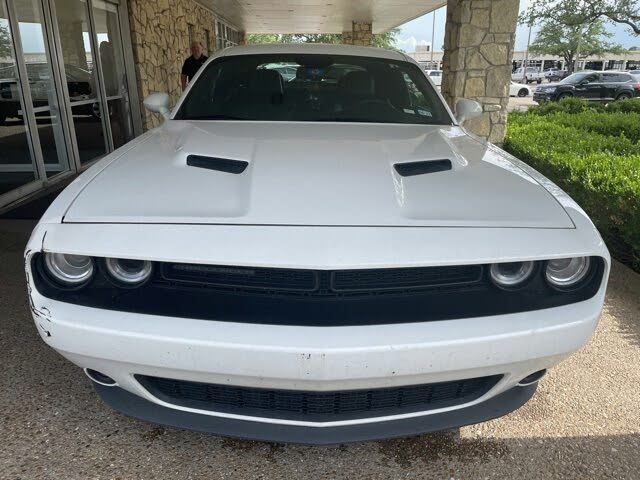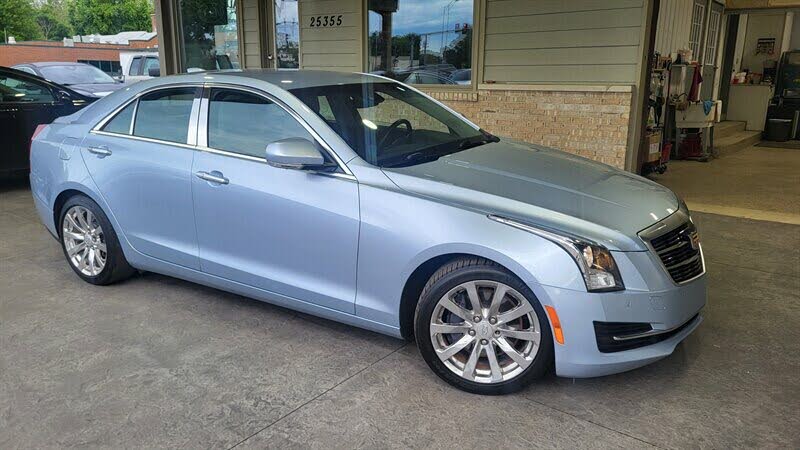Home > News & Blogs > Signs You Need to Replace Your Tires
Signs You Need to Replace Your Tires
How to Know When It’s Time to Replace Your Car’s Tires
Your car's tires are essential for safety, performance, and fuel efficiency. This guide helps you identify when it’s time for a new set of tires and provides expert tips to keep your vehicle running smoothly.
Why Tire Maintenance Matters
Tires are your car’s direct contact with the road, making their maintenance crucial for safety and performance. Neglecting tire care can lead to decreased fuel efficiency, poor handling, and even accidents. Regular inspections help you stay ahead of potential issues.
--TOP ADVERTISEMENT HERE--
Signs It’s Time for New Tires
Recognizing when to replace your tires ensures you drive with confidence. Below are key indicators:
1. Low Tread Depth
Tread depth impacts traction, especially on wet roads. Use the penny test to check your tires:
- Insert a penny into the tread grooves with Lincoln’s head facing down.
- If the top of Lincoln’s head is visible, your tread depth is too low, and it’s time for new tires.
2. Uneven Wear from Poor Alignment
Improper alignment causes uneven tire wear. Common issues include:
- Camber Wear: Excessive wear on the inner or outer edge due to incorrect camber settings.
- Toe Angle Issues: Feathered tread patterns indicate misaligned wheels. This often results from incorrect toe-in or toe-out angles.
Regular alignment checks help prevent premature tire wear.
--FIRST CONTENT ADVERTISEMENT HERE--
3. Aging or Cracked Tires
Even if a tire looks fine, age can compromise its integrity. Replace tires that are over 10 years old or show visible cracks. Use the DOT date code on the sidewall to check a tire’s age:
- The first two digits represent the manufacturing week.
- The last two digits represent the year.
- For example, “1216” means the tire was made in the 12th week of 2016.
4. Severe Punctures or Blowouts
Some punctures can be repaired, but damage near the sidewall often requires a full replacement. Blowouts typically destroy the tire entirely, making replacement unavoidable.
--SECOND CONTENT ADVERTISEMENT HERE--
Prolonging Tire Lifespan
Maintain your tires with these best practices:
- Regular Inspections: Check for cracks, bulges, or embedded debris.
- Proper Inflation: Maintain manufacturer-recommended tire pressure for optimal performance.
- Rotation and Balancing: Rotate tires every 5,000 to 7,000 miles to ensure even wear.
- Alignment Checks: Schedule alignment services annually or after hitting a pothole.
--FORTH CAR LIST HERE--
Tire Replacement Options
When it’s time for new tires, consider the following:
- OEM Recommendations: Follow your vehicle manufacturer’s specifications for tire size and type.
- Seasonal Needs: Choose all-season, summer, or winter tires based on your driving conditions.
- Performance Preferences: Opt for tires with the right balance of traction, longevity, and comfort.
--THIRD CONTENT ADVERTISEMENT HERE--
MotorVero can help you find the perfect tires for your vehicle and driving habits.
Understanding Tire Protection Plans
Investing in a tire and wheel protection plan provides peace of mind. These plans often cover repair or replacement costs for damage caused by road hazards, ensuring you’re never stranded due to tire issues.
FAQs on Tire Replacement
How often should I replace my tires?
Most tires need replacement every 6 to 10 years, depending on usage, condition, and environmental factors.
What causes uneven tire wear?
Poor alignment, incorrect tire pressure, and unbalanced wheels are common culprits.
--BOTTOM ADVERTISEMENT HERE--
Can I repair a punctured tire?
Yes, but only if the puncture is in the tread area and not near the sidewall.
Conclusion
By staying proactive about tire maintenance, you ensure your vehicle performs safely and efficiently. When it’s time for a replacement, trust MotorVero for expert advice and quality options. Your safety starts with the right tires—don’t compromise.

Rodrique Ewang
Last Updated On Feb, 04-2025














